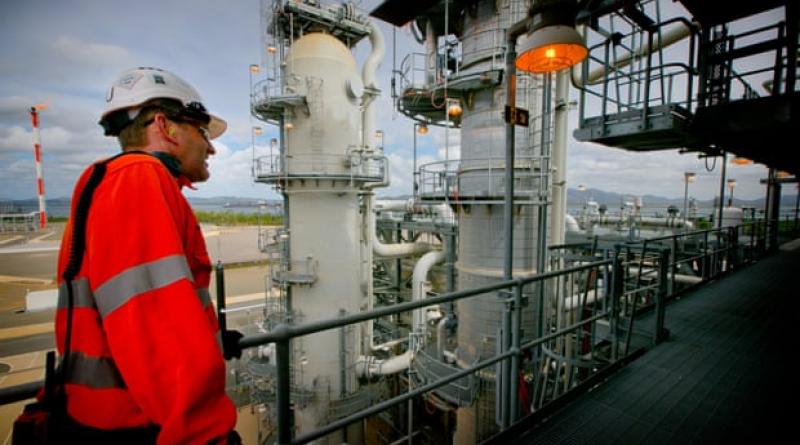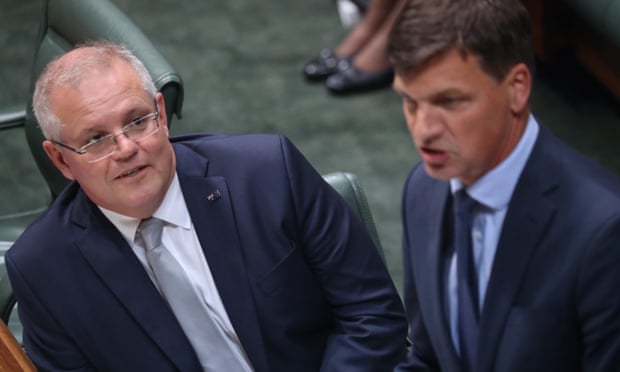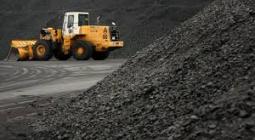Trouble with gas: the Coalition is betting on the fossil fuel for recovery – but the sums don't add up.

The Australian government says gas is ‘essential’, but the global view is it’s the second-least desirable source of electricity.
Τhe agency that runs Australia’s electricity last week gave its verdict on how to deliver what would have seemed fanciful not that long ago – a power grid that within five years should at times be able to run on 75% wind and solar energy.
The Australian Energy Market Operator delivered a report on integrating renewable energy into the system with an optimistic message.
As described by its chief, New Yorker Audrey Zibelman, the technical capacity was already there, but markets and regulations would have to be adjusted. There were no “insurmountable reasons” why the grid could not take even higher levels of renewables, as it will need to for Australia to meet the Paris agreement goal of zero greenhouse gas emissions.
The minister in charge of both energy and cutting emissions, Angus Taylor, chose a different emphasis.
In a statement issued as the study was released, Taylor said it had highlighted the challenges of increased amounts of solar and wind given the system needed continuous inertia – support from constantly running “synchronous generation” – to ensure grid stability. He suggested that inertia could come from gas-fired power.
The market operator’s report does not mention gas generation, but the fossil fuel – often described as having half the emissions of coal, though recent studies have suggested it could be much more – is clearly on Taylor’s mind. A few days earlier he had given interviews to Nine newspapers to support the idea of a “gas-fired recovery” from the Covid-19 pandemic, suggesting it may be a focus of future economic stimulus measures.
This is not new terrain for the government. It followed the prime minister, Scott Morrison, in January claiming there was “no credible transition plan” for Australia that did not involve greater use of gas, and requiring New South Wales to promise to try to substantially boost the amount of gas available as part of a $2bn energy deal.
But with a climate transition plan yet to materialise, analysts and investors say Taylor’s push suggests the government may lock in long-term support for the fossil fuel without explaining what it will mean for emissions, and despite increasing evidence there are cleaner and cheaper alternatives.
Gas demand dives during Covid-19 crisis
The outlook for gas has changed significantly since Morrison gave a speech on energy to the National Press Club three months ago.
As Guardian Australia has reported, the price of liquefied natural gas (LNG) in Asia crashed by nearly two-thirds, prompting the industry to shelve decisions on tens of billions of dollars worth of proposed investments in export projects. Consultancy EnergyQuest has projected a 40% fall in revenue from the $50bn LNG industry, which has driven most of the increase in national emissions in recent years.
While most industries have been affected by the pandemic, gas has been harder hit than renewable energy. The International Energy Agency this week reported that clean electricity was holding up through the worst global energy shock in 70 years, but demand for gas was down 5% and coal 8%.
Cost plays a major part in this. Analysts at BloombergNEF found solar and wind are now the cheapest source of bulk electricity generation for at least two-thirds of the global population, Australia included.
Meanwhile, Australia’s biggest oil and gas companies, Woodside Petroleum and Santos, are under siege from shareholders concerned about the financial risk of them backing long-term investments at odds with a zero emissions world. On Thursday, more than 50% of Woodside investors supported a non-binding resolution from the Australasian Centre for Corporate Responsibility that the company should be setting targets to not only cut its own emissions, but those that result from the gas it sells to be burned in Asia. A similar motion at Santos’s annual general meeting won 43%.
Both Woodside and Santos have resisted the push, and argued that gas is a “clean” fuel and part of the climate solution. Like Taylor, they claim Australian gas exports are an environmental good as they reduce coal in Asia. Neither the government nor industry have provided evidence to back this up, and officials have acknowledged the competition in Japan – still Australia’s biggest gas market – is increasingly with zero emissions nuclear and renewable generation.
Andrew Grant, head of oil, gas and mining with London-based financial thinktank Carbon Tracker, says the global view of gas has flipped from it being seen as a cleaner fuel than coal, to it being the second-least desirable source of electricity. He points to analysis by the International Energy Agency that found global gas-fired power generation must begin to decline later this decade under a sustainable development scenario. “Better than coal is not exactly a ringing endorsement,” Grant says.
The Paris deal’s implicit goal of zero emissions by mid-century has been acknowledged by Woodside and Santos’s European counterparts, particularly BP and Dutch Royal Shell. Shell, for example, has targets to cut its own emissions to net zero by 2050, and to reduce the “scope 3” emissions released by customers when using its products by two-thirds by moving into clean energy.
In contrast, Woodside’s chief executive, Peter Coleman, dismissed the likelihood of billion-dollar investments in renewable energy and the chairman, Richard Goyder, said the company primarily saw itself as “a gas company, with some assets in oil”.

Arguments over the future of gas are complicated to some extent by the different ways in which the fuel is used.
In Australia, there are three main uses – for power generation, as a feedstock and source of heat in industrial processes, and for heating and cooking by households and businesses. All have been hit by skyrocketing gas bills since an LNG export hub opened at Gladstone in Queensland mid-last decade, linking local prices to those in Asia.
The government has been focused on lowering prices to help local users, mostly by pressuring states and territories to increase supply. New gas onshore fields were being proposed and considered when the pandemic hit, sending the global oil and gas prices tumbling.
While the fall has offered welcome cost relief for gas users, the government has a different view to some analysts and agencies on the extent to which gas is likely to remain cost-competitive and vital to Australia’s needs.
In a written response, Taylor did not answer directly a question about the role he believes gas will play as a transition fuel, or mention emissions reduction or climate change, but emphasised the “essential” role the fuel plays in energy reliability.
“[It] could be even more important through a gas-fired recovery,” he said, reinforcing an earlier call for new “fast-start” generators that run only when required.
But there is little evidence that the Australian electricity grid will need more gas power. Last year, it provided about 9% of generation. The market operator assessment suggested this could fall to near zero in the second half of this decade before returning in a much smaller amount – less than a third of what it is now – in the 2030s if the grid was to run at lowest cost.
In terms of the flexibility in the system needed to “firm up” variable solar and wind energy, the market operator listed pumped hydro, batteries and “demand-side participation” – schemes that offer energy users incentives to scale down consumption when required – as likely sources. On gas, it said only that it may also play a greater role if prices fall. It is an option, but not the only one.
Simon Holmes à Court, senior advisor to the Climate and Energy College at the University of Melbourne, says the services needed for a secure power grid are increasingly available from sources other than gas, including government-backed large batteries and potentially through adjustments at wind or additions at solar farms.
Tony Wood, the energy program director at the Grattan Institute, believes fast-start gas is likely to have a role in the power grid but says it should live or die on its own merits, and not be boosted by the government through its $1bn underwriting program for new energy projects or any other support.
He is just as dismissive of suggestions the government may support new long-distance gas pipelines, which have previously been touted by Nev Power, the former Fortescue Metals executive now heading the federal government’s Covid-19 Coordination Commission.
It is broadly accepted gas could be replaced by cheaper electricity in heating and cooking, but is likely to have a longer role in heavy industry and manufacturing. Wood says potential replacements such as green hydrogen are not affordable today, though that could change sooner than expected not long ago, possibly within the next decade.
In all its uses, he says, the role of gas is “heading in the same direction”, just on different timeframes, and it should not be the role of government to boost it.
“If Angus is right, if he was an all-seeing and all-knowing god who knows gas is part of the answer, then that would be different,” Wood says. “But I don’t think he is.”
2 Μay 2020
The Guardian



